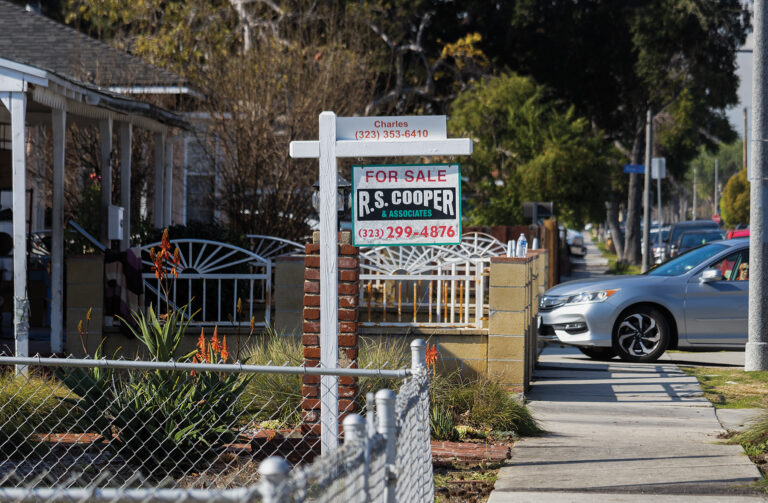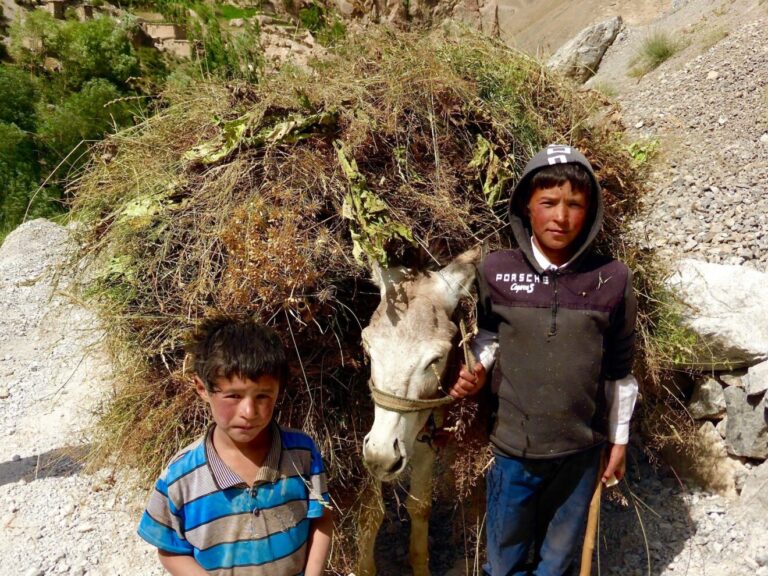The high cost of child care combined with a strained workforce has resulted in some Nevada employers allowing working parents to bring their infants to the office.
The Secretary of State’s office is the latest state agency to adopt the “Infant to Work” program. While the Treasurer’s office has had a baby in the capitol building since the beginning of this year, Itzel Fausto and her 6-month-old Diamond-Kelizah were the pioneers.
“It honestly feels very surreal. It’s been awesome just being able to breastfeed her a lot longer than I expected to ‘cause with my first child, I kind of struggled with him,” Fausto said. “She’s been a great little helper; she’s a good baby. Everyone has very good spirits and having her around brings like a higher morale.”
It’s important to be flexible with parents of young kids, said Treasurer Zach Conine.
“Especially now with as difficult as it is to hire good people with as hard as it is to get these vacancy rates down and fill these state positions,” Conine said.
According to the governor’s administration, nearly a quarter of state jobs were vacant at the beginning of the year.
Nevada, like many states, does not require employers to provide paid parental time off. State lawmakers are currently considering a bill that would provide state employees eight weeks of paid family leave, which could be used following birth or adoption, at half of the employee’s regular wage. Federal law ensures employees can take 12 weeks of family or medical leave, but there is no requirement it must be paid.
At the Nevada Department of Health and Human Services (DHHS), the bring your infant to work program has existed for about 14 years. Julia Peek, a deputy administrator for the Division of Public and Behavioral Health, brought her three kids to the workplace with her. Her oldest daughter, Shiloh, is now 11. Peek said if the option wasn’t available, she would’ve had to leave the workforce.
“It’s so tough because I love public health. I’ve been doing it for 18 years. I feel like I contribute, I’m a public servant, but at the same time, being a mom is the best job in the whole wide world. So if I had to choose, I would’ve chosen to be a mom and stay home. And many moms have to choose that,” Peek said.
The program not only allows parents to spend more time with their babies, but it’s also a cost-saver because child care isn’t cheap. The average annual cost in the U.S. is $10,000 for infants to 4-year-olds. Waitlists are also common. Peek hopes that bring your baby to work programs gain popularity.
“In the beginning, it was intimidating, and when you brought a baby, folks were kind of like, ‘Why is she bringing her baby in a room?’ That’s not true anymore,” Peek said. “On every floor of our building, there’s a baby, and that’s the norm. As you start seeing it in businesses, especially private sector, it’s going to be culturally normative.”
State agencies aren’t the only offices with computers, cribs and cooing babies.
The quasi-governmental Reno Housing Authority implemented a similar program at the beginning of the year as well, explained public information officer April Conway.
“It’s something we had talked about for a while, but coming out of COVID when everybody was having a hard time finding employees, we have great employee benefits right now, but we thought, ‘Why don’t we add this one more? Let’s see if this will help us A, get new talent, and B, retain the ones we have,’ ” Conway said.
Accounting clerk Jennielyn Murray says it’s been a positive experience bringing her now 5-month-old Olivia to the office.
“Not only do I get to continue to work and be proactive within my career, but also be able to bond with my baby,” Murray said. “Going back to work is always nerve-wracking for me because I’ve had two kids before her, so I know that this is something that I’ve always dreaded. It just makes the transition back to work a little bit easier, knowing that I’m not missing out on key moments with my baby.”
If businesses are interested in adopting this policy in the workplace, DHHS can provide technical assistance, advice from other parents, and help with adding diaper disposals or changing stations.
Source: KUNR






